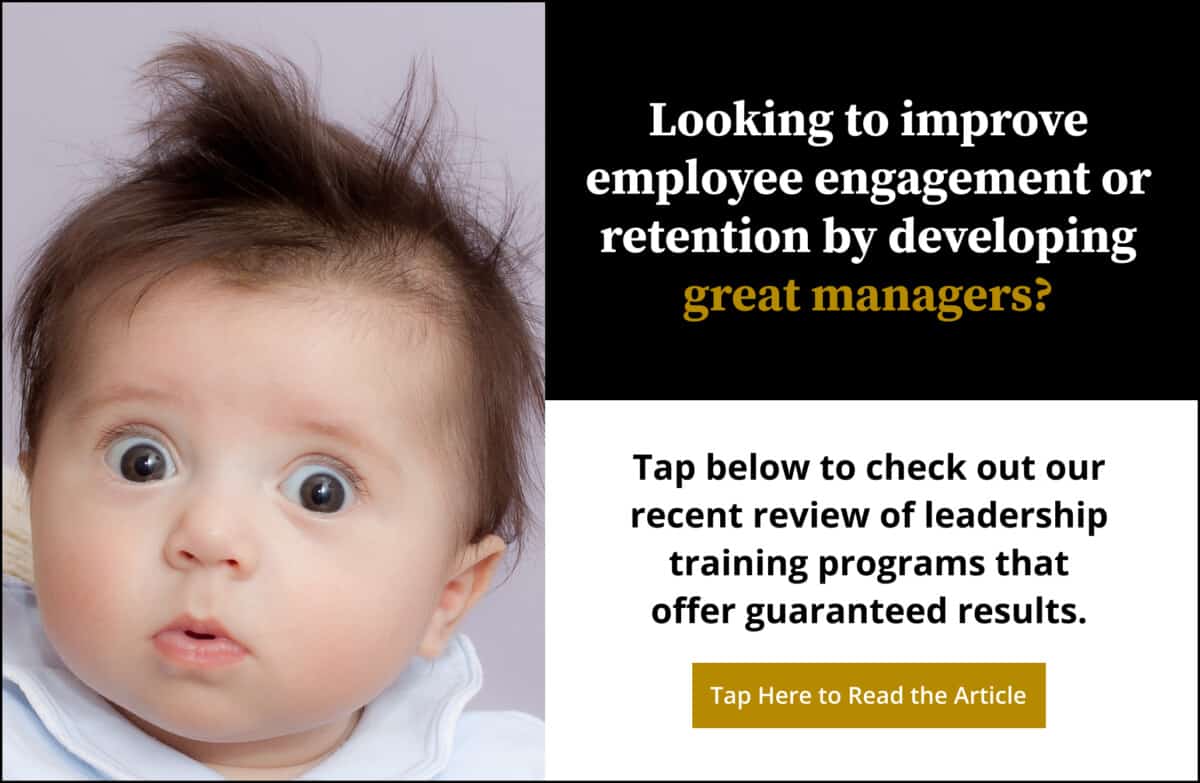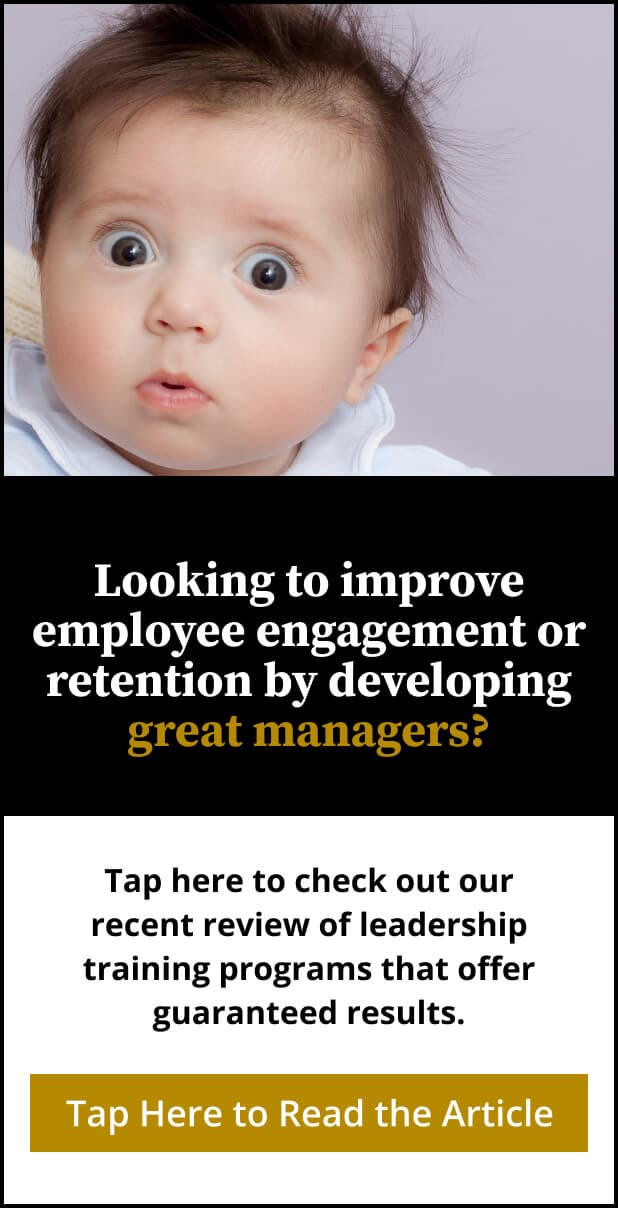Share:

One of the greatest skills a leader can possess is the ability to provide feedback directly and respectfully to employees. Regularly and consistently giving feedback to your team can make the most immediate positive difference to employees and organizations.
Ben Horowitz, venture capitalist and Andreessen Horowitz co-founder, says “Giving feedback turns out to be the unnatural atomic building block atop which the unnatural skill set of management gets built.”
Though feedback is one of the main drivers of both personal and professional development, it can be a challenge to deliver good feedback.
Good feedback is feedback that is constructive, compassionate, specific, focused, timely, and presented in a positive tone. When done well, good feedback provides an actionable and solutions-oriented framework that guides employees toward desired behaviors.
In this article, we will explore what good feedback looks like, how you can give good feedback, and why good feedback is so important to helping your employees to thrive.


Good Feedback Is Specific
Ambiguity in your feedback can lead to confusion and make it difficult for employees to know how and where to improve.
For feedback to be effective, whether it’s a critique or praise for an employee’s contribution, it should specifically tie into a larger overall goal, rather than being generic, and should outline a course of action.
Providing feedback that is specific to an actual behavior or action, with suggestions for improvement, will help employees to understand what specifically needs to be improved and how to make improvements.
Saying, “you need to shorten turnaround time on projects” may not be helpful if you don’t take into consideration the factors that could be causing workflow backups or helping the employee identify ways to improve turnaround times.
Identifying the cause of the slowdown and asking the employee to utilize project management tools and provide workflow updates not only identifies the issue, it also provides the employee with an action plan and clear path to improvement.
Good Feedback Is Actionable
It isn’t just about being specific in your feedback. Providing employees with real steps they can take to improve their performance is just as important as providing feedback.
Actionable feedback means not only identifying an aspect of an employee’s performance that needs improvement, but also offering a plan of action to make the necessary improvement.
When you provide feedback, particularly if the feedback is meant to be constructive, it should provide some instruction and guidance to employees so they will know exactly which steps to take to improve.
For employees with a continuous improvement mindset, this sort of feedback is particularly valuable. General feedback, again, is not very helpful for employees. Keeping the feedback specific can make it more actionable.
If you think an employee’s performance could use improvement, make sure they know what great work in their role looks like so they can set a course for meeting those standards.
Good Feedback Is Timely
Feedback is so much more useful when it’s given in a timely manner.
Providing feedback, whether positive or negative, while the specifics are fresh on your mind makes it more effective says psychologist Victor Lipman.
Lipman says, “Feedback should be offered as close as possible to the action in question. It makes no sense to say, five months after the fact, ‘You know, Tom you did a terrific job developing that new dog food back in April.'”
This is why it’s important to give feedback before the window of being able to reflect on and change a behavior has passed.
It is particularly important to provide negative feedback (as positively and politely as possible) in a timely manner when an immediate course correction is needed. It should not be given harshly because this can have the opposite of the intended effect.
This means not putting feedback off until it’s time for that annual performance review. It’s important for employees to receive feedback on their behavior and performance more frequently than the annual review allows for.
By the time those yearly reviews roll around, your feedback, if given in a timely manner, will have helped employees improve their performance well in advance of their performance review.


Good Feedback Is Given Politely
With strong emotions at play on both sides, even seemingly innocent feedback can go wrong.
While you always want to maintain a polite and positive tone when providing feedback, avoiding harsh criticism that just focuses on what the employee did wrong, giving effective, actionable feedback can be a more complex process, requiring a nuanced approach.
Focusing on a person’s character rather than on the person’s behavior that has necessitated swift and meaningful feedback or a lack of clarity or clear guidance on how to change and why change is needed can also thwart the feedback process.
When feedback is negative or critical, self-esteem and sense of safety can make feel attacked. This is why it’s a good idea to always be mindful of the vulnerable position the recipient of feedback is in.
Research has shown that employees whose manager’s feedback was delivered in a more positive manner (even when the feedback was critical), felt inspired to improve or positive about knowing how to do their work better.
These employees are 3.9 times more likely to be engaged than employees who felt hurt, and only 3.6% of them actively looked for another job.
Feedback that is given compassionately, politely, and positively helps the employee identify any issues that need fixing in a supportive manner that is much more likely to result in improved performance and will make the employee more comfortable receiving and responding to feedback when it’s offered.
Good Feedback Is Necessary (Even When It’s Negative)
According to Gallup, “No news is not good news.”
Many studies have revealed that positive feedback isn’t always the way to get the desired results, and negative feedback isn’t always as bad as we think it is.
We thrive on feedback that is critical of our performance and appreciate it more than no feedback at all. Studies have shown that when managers focus on weaknesses rather than ignoring employees, those employees become more engaged.
An article in the Journal of Consumer Research revealed that workers who are considered experts in their fields want feedback so they will know how and where to improve, even if the feedback is critical or slightly negative, while those workers who are still learning their areas of expertise seek more praise than constructive feedback.
Most people want to hear feedback on how they can improve, as long as that feedback is delivered well. Unfortunately, only 26% of employees strongly agree that the feedback they receive is helpful.
This indicates that most managers are failing at providing feedback, or they are not providing good, actionable feedback. When leadership doesn’t provide feedback well, four out of five employees start searching for a new job.
To keep employees engaged and motivated to perform well, it’s essential to let them know what a job well done looks like by regularly providing good feedback.

Matt Tenney has been working to help organizations develop leaders who improve employee engagement and performance since 2012. He is the author of three leadership books, including the groundbreaking, highly acclaimed book Inspire Greatness: How to Motivate Employees with a Simple, Repeatable, Scalable Process.
Matt’s ideas have been featured in major media outlets and his clients include numerous national associations and Fortune 500 companies.
He is often invited to deliver keynote speeches at conferences and leadership meetings, and is known for delivering valuable, actionable insights in a way that is memorable and deeply inspiring.


